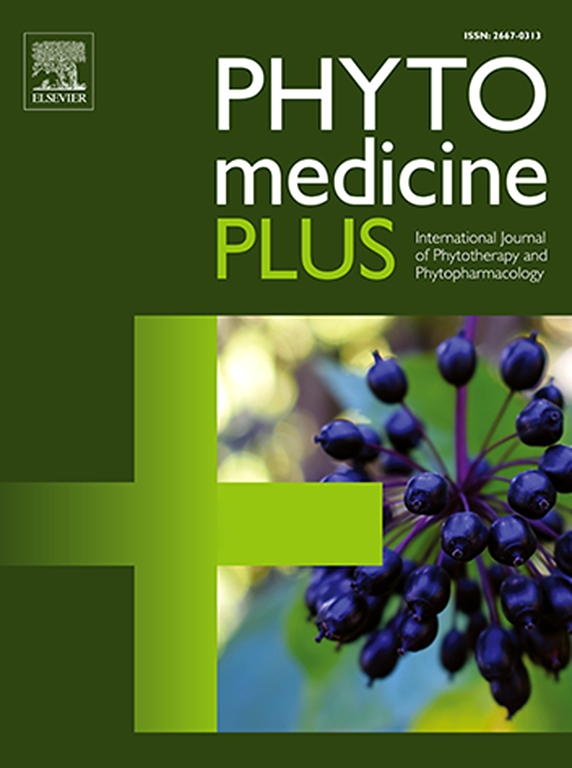Secretory phospholipase A2 inhibitory activity in Tragia hispida: A novel and promising therapeutic agent for dengue fever
Q3 Pharmacology, Toxicology and Pharmaceutics
引用次数: 0
Abstract
Background
Tragia hispida, is widely used in Sri Lankan traditional ayurvedic medicine for the treatment of fever and internal bleeding. Dengue hemorrhagic fever (DHF) is a severe form of dengue characterized by vascular leakage and potential fatality. Secretory phospholipase A2 (sPLA2), an inflammatory enzyme, plays a critical role in producing platelet-activating factor (PAF), a key mediator of vascular leak. Elevated sPLA2 activity has been linked to the progression of DHF.
Purpose
This study aimed to evaluate the sPLA2 inhibitory activity of T. hispida plant extracts with bee venom and dengue patient serum sPLA2.
Methods
sPLA2 inhibitory activity of different fractions of the plant was evaluated by a commercially available sPLA2 assay kit compared to the inhibition caused by the commercially available sPLA2 inhibitor CAY 10590. The butanol soluble fraction (THB) of the aqueous extract of Tragia hispida was characterized by TLC and HPLC.
Results
Both the aqueous extract (THA) and THB of T. hispida demonstrated sPLA2 inhibition levels comparable to positive control, CAY 10590. At concentrations of 100 µg/ ml and 200 µg/ ml, THB inhibited sPLA2 activity of bee venom by 59.3 % and 84.9 % respectively. Furthermore, THB exhibited significant inhibition of sPLA2 activity in human serum from dengue patients (n = 31, p < 0.0001) than that exhibited by CAY 10590.
Conclusions
These findings highlight the potential of T. hispida, particularly THB, as a promising therapeutic agent for dengue fever by inhibiting sPLA2 activity.

求助全文
约1分钟内获得全文
求助全文
来源期刊

Phytomedicine Plus
Medicine-Complementary and Alternative Medicine
CiteScore
3.70
自引率
0.00%
发文量
178
审稿时长
81 days
期刊介绍:
 求助内容:
求助内容: 应助结果提醒方式:
应助结果提醒方式:


